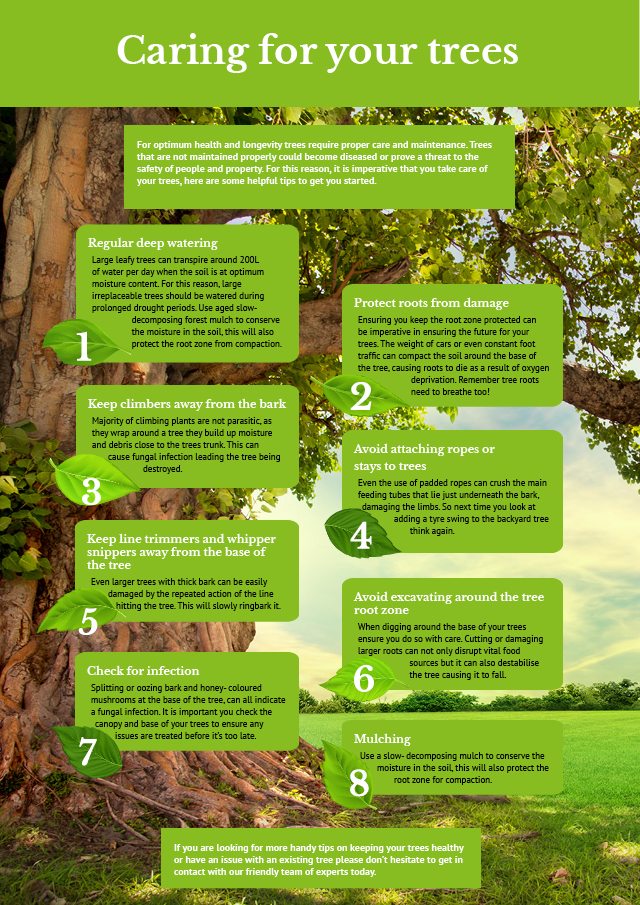Expect Important Signs That Suggest Your Tree May Be A Danger; Acknowledging These Can Aid Protect Your Residential Or Commercial Property And Those You Care About.What Should You Watch On Next?
Expect Important Signs That Suggest Your Tree May Be A Danger; Acknowledging These Can Aid Protect Your Residential Or Commercial Property And Those You Care About.What Should You Watch On Next?
Blog Article
Content Author-McDonald Skovsgaard
When it concerns tree care, acknowledging the indicators that it's time for elimination is crucial for your security and residential property. You could notice blemished leaves, wilting branches, or strange fungal growths suggesting health problems. Architectural issues, like a significant lean or cracks in the trunk, can also position dangers. Recognizing these indication can aid you make informed decisions regarding your trees and stop potential dangers lurking in your lawn. What should you try to find next?
Indicators of Decay and Illness
When you discover indicators of decay and condition in your trees, it's vital to act promptly. Try to find tarnished leaves, wilting branches, or unusual growths like fungi. These can show that your tree is battling.
If you see fractures in the bark or soft, mushy timber, these signs suggest internal degeneration. Furthermore, an unexpected boost in insects around your tree can signal that it's damaged and prone.
Check for any type of dead or passing away limbs, as they position a danger to your home and security. If you're uncertain regarding what you see, getting in touch with an arborist can supply clearness.
Dealing with these indications early can conserve you from a lot more extensive damages and guarantee the health of your lawn. Do not wait till it's too late.
Structural Instability and Leaning
As you observe your trees, watch out for any type of indications of architectural instability or leaning. If a tree leans considerably, it may suggest that the root system is compromised.
Search for any type of fractures in the trunk or dirt around the base; these can indicate prospective failure. Additionally, look for uncommon growth patterns, like a lopsided crown, which may recommend that the tree is struggling to hold itself upright.
If you observe that the tree leans toward your home, power lines, or other frameworks, it postures a better threat. Don't disregard these indicators-- speak with an arborist to assess the scenario.
Taking action early can prevent expensive damage and guarantee your security.
Dead or Dying Branches and Vegetation
If you notice dead or passing away branches and vegetation on your tree, it's a clear indicator that something's wrong.
Remove Tree Stump can suggest underlying concerns like condition, insect problems, or environmental tension. When branches lose their leaves or transform brownish, they're no more contributing to the tree's wellness. Overlooking these indications could lead to additional decline, making your tree a lot more hazardous.
Dead branches can quickly break short during storms, positioning a risk to property and individuals close by. It's vital to evaluate the degree of the damages.
If the trouble affects a considerable part of the tree, consider consulting a specialist. They can help establish if elimination is essential to make sure safety and keep the beauty of your landscape.
Verdict
If you see any indications of degeneration, structural instability, or dead branches on your trees, don't overlook them. https://www.bobvila.com/articles/plants-for-erosion-control/ can present major safety and security threats to you and your building. It's always best to consult a professional arborist who can give a specialist assessment of your trees. Doing something about it early can stop accidents and costly damages, guaranteeing your landscape continues to be risk-free and healthy and balanced. Remember, it's far better to be aggressive about tree treatment than to wait for a calamity to occur.
